Dermatology
The almost inevitable nappy rash
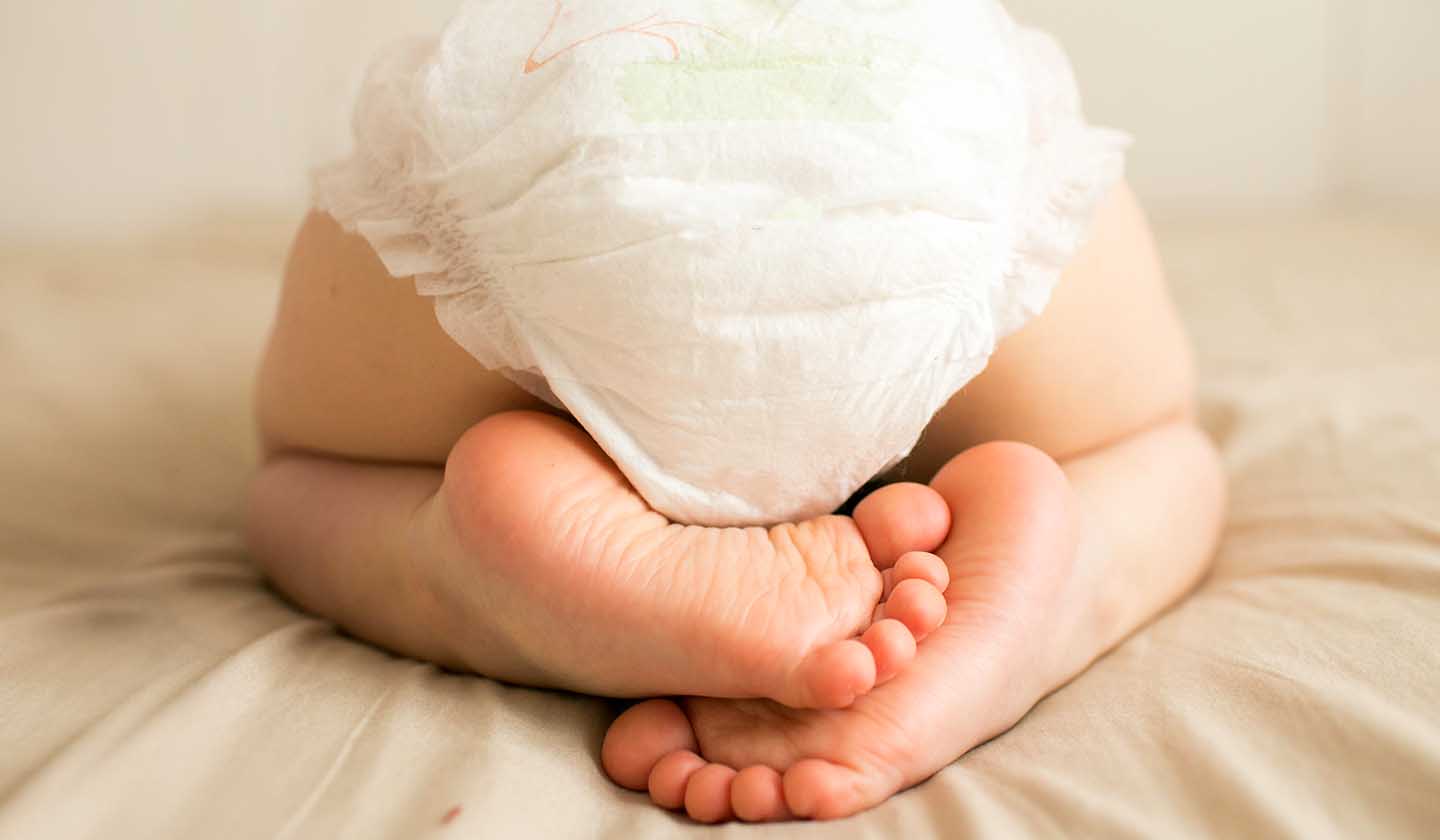
Nappy erythema, nappy dermatitis or nappy rash are names that designate the same problem. It is a quite common dermatological problem in babies, especially in the first 2 years of life, being more frequent between 9 and 12 months of age. It is thought to be a problem that affects 1 in every 3 babies.
A rash on the baby's bottom does not mean poor hygiene care, so do not feel guilty about it.
In most cases, erythema is easily treated. However, sometimes they can progress to more complicated dermatitis. If you think your baby has nappy rash, ask your pharmacist for advice.
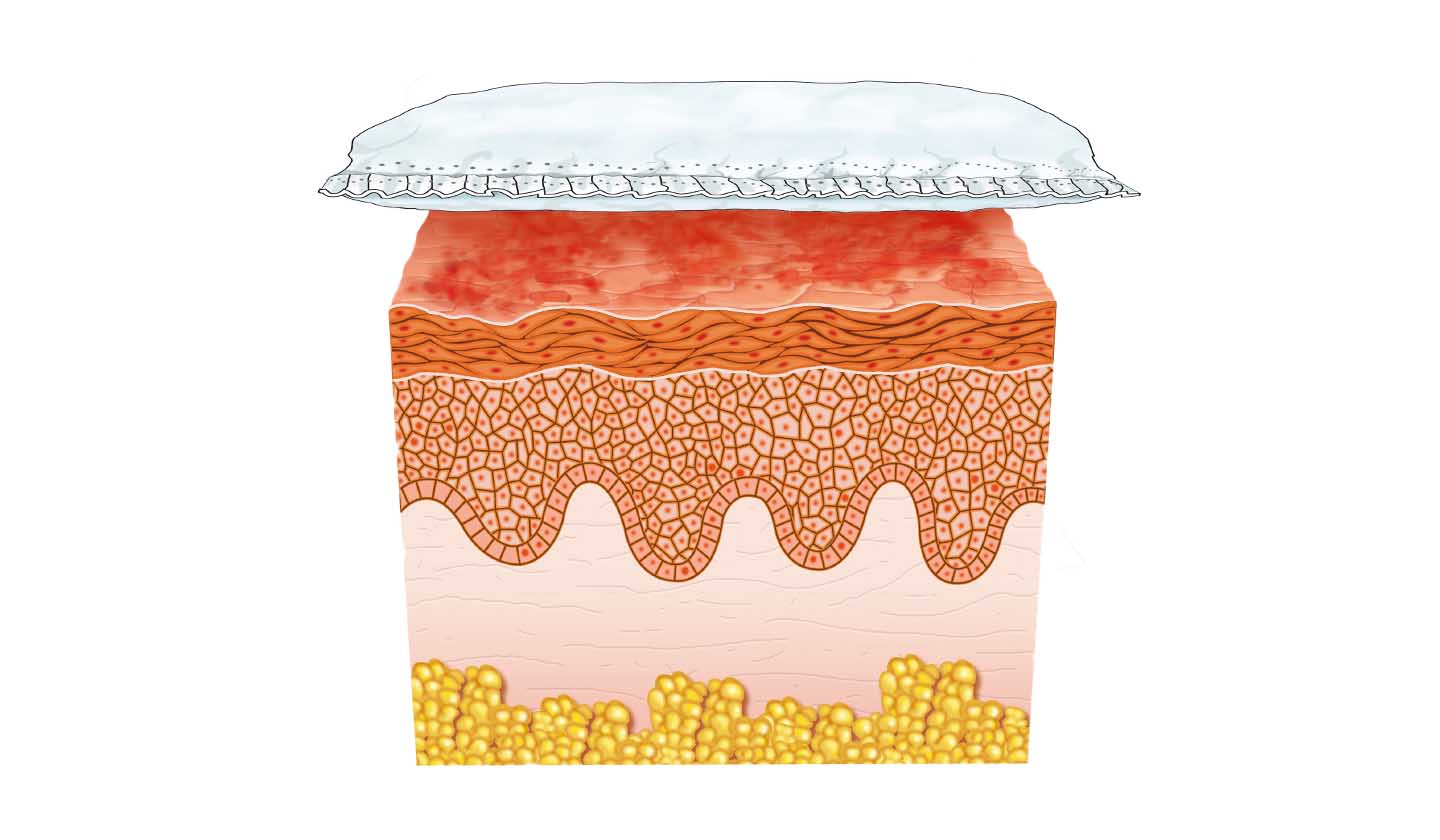
What is nappy rash?
Nappy rash is a contact dermatitis that appears in the nappy area. The skin gets reddish and shiny, warm to touch and irritated, and sometimes small wounds may appear.
It can be quite uncomfortable and painful for the baby, who may become more agitated and even cry due to the burning sensation, especially when changing nappies.
What are the causes?
This problem can appear for several reasons:

The baby's skin is in contact with wee or poo for a long time
Stool bacteria produce urease which, together with urine, increases the pH inside the nappy. This pH increase allows the digestive enzymes (proteases and lipases) present in the faeces to act on the proteins and fat present in the baby's skin, causing inflammation and damaging the skin. This inflammation, together with moisture (which makes the skin more susceptible to friction with the nappy) and heat, increases the risk of secondary infection by fungi (Candida albicans) or bacteria.

The nappy rubbing against the baby's skin
A nappy that is too tight, a wrong size nappy or clothes that are too tight may increase this friction.
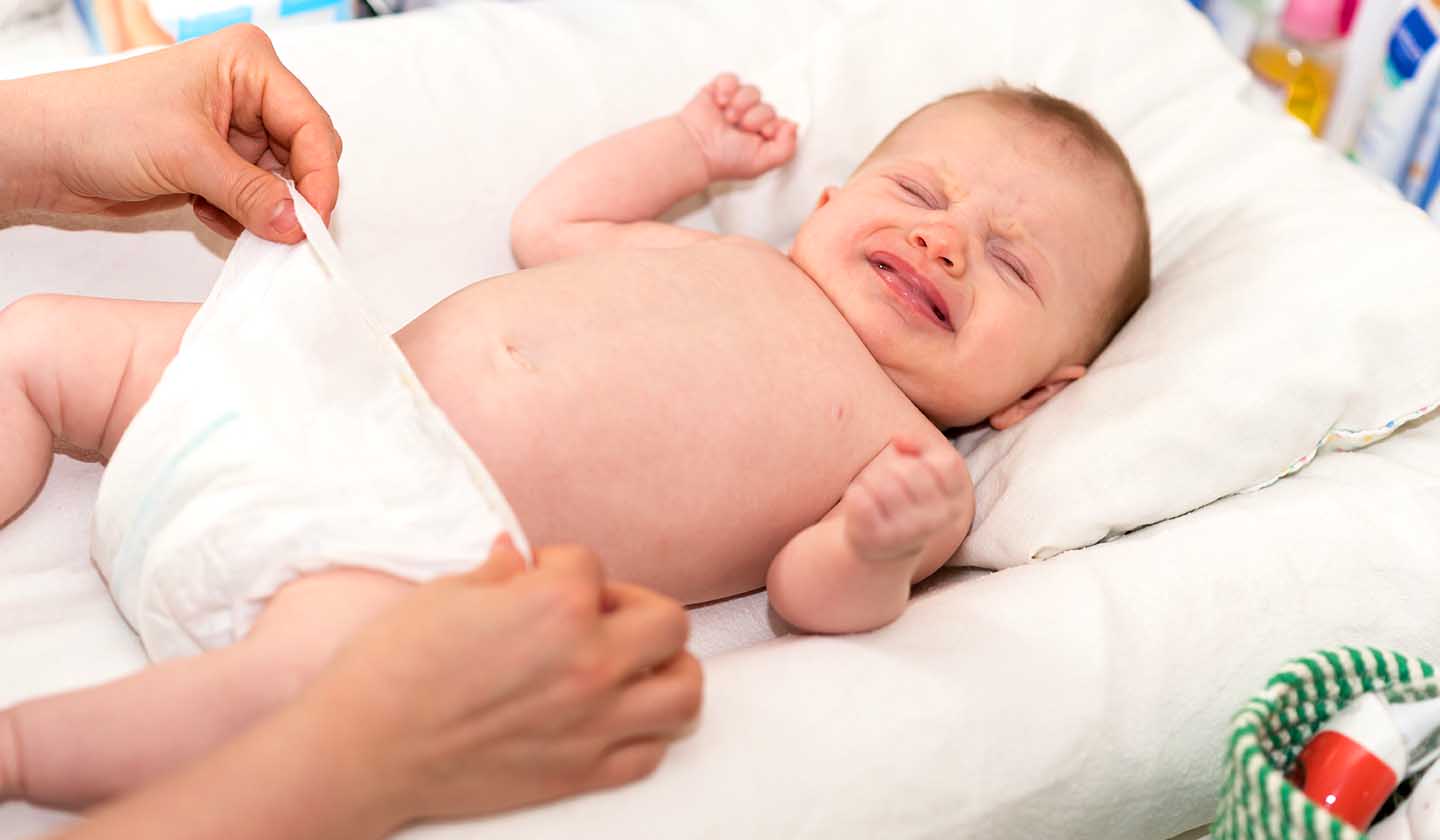
Contact dermatitis caused by the nappy
Skin irritation may occur due to the skin’s contact with the nappy materials. There are nappies on the market whose composition aims to minimize the risk of allergy. Ask at your pharmacy.
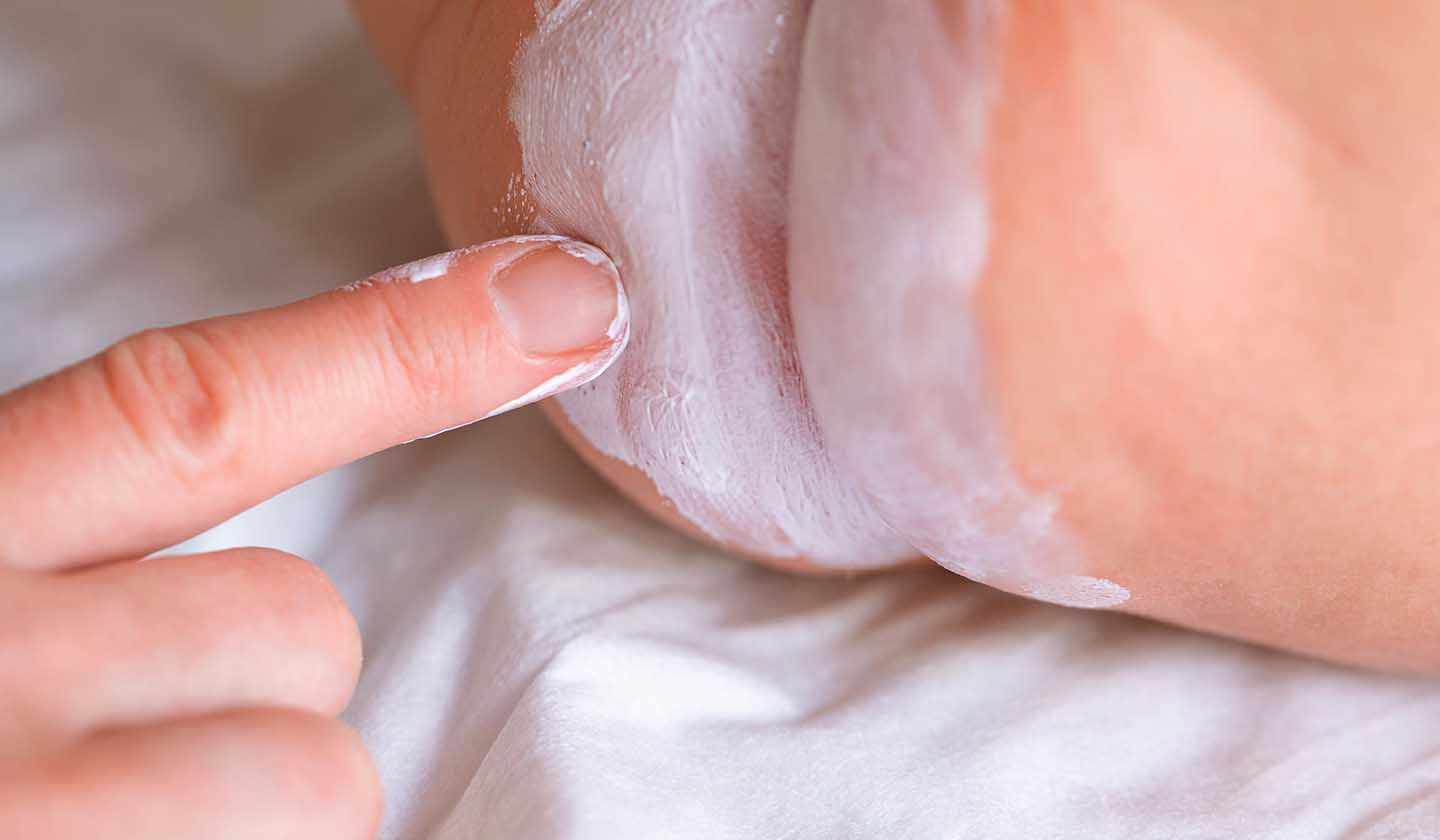
Hygiene products
Some hygiene products that are used to clean the nappy area can be irritating, especially those that contain alcohol. Creams can also irritate the baby's skin. Ask your pharmacist to help you choose a suitable product.
Baby's diet
Diet changes can affect an infant's stool colour and consistency which, in turn, can become more irritating to the skin. As a rule, a breastfed baby is less likely to get nappy rash because the baby's stool is less irritating. It is no surprise therefore that when solids or new foods are introduced, the skin of the nappy area becomes irritated.
Medications
Antibiotics, for example, can alter the intestinal flora and cause diarrhoea, leaving the skin more exposed to the action of bacteria and fungi.
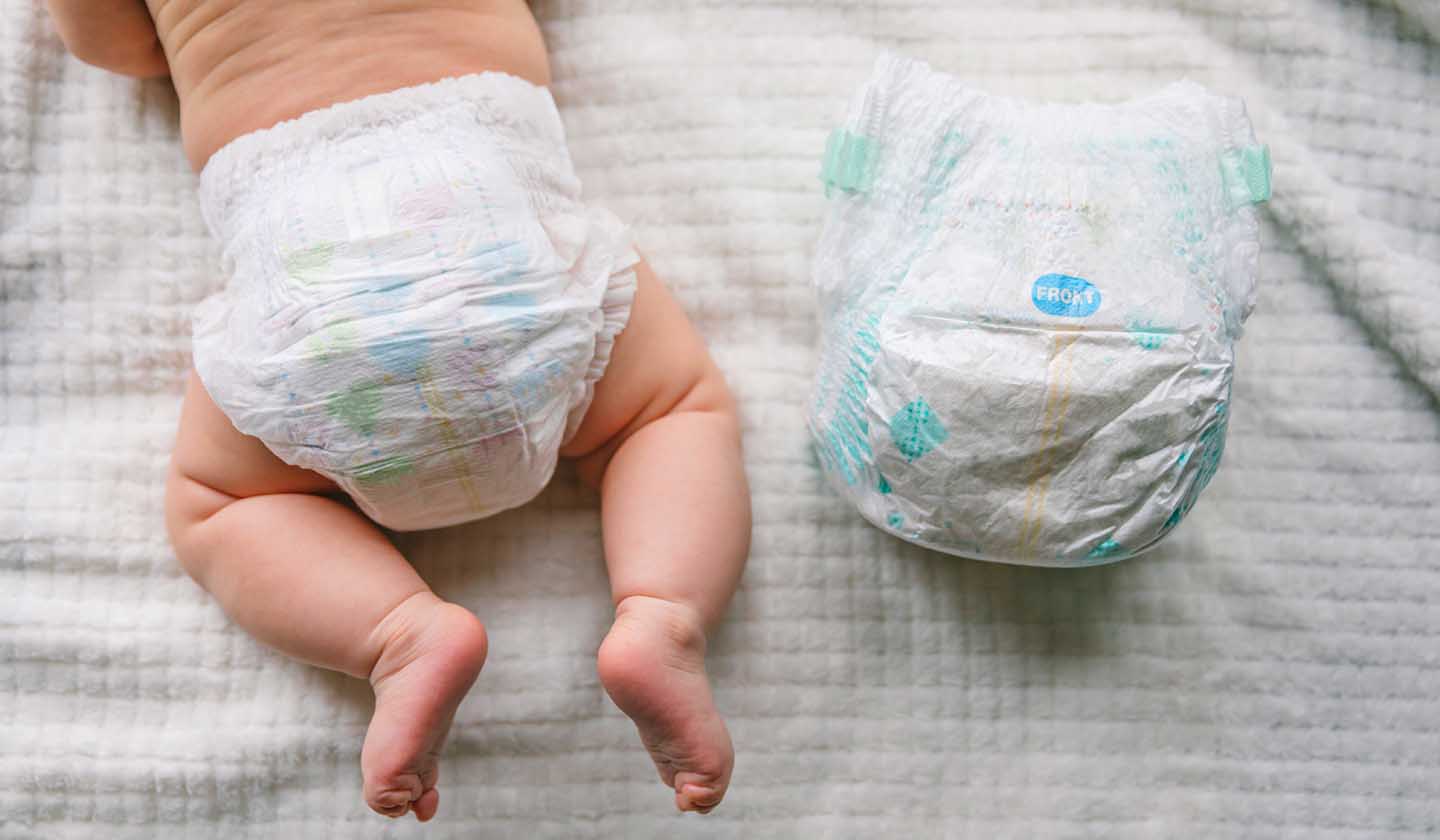
How to prevent nappy rash?
- Leave your baby’s nappy off for as long and as often as you can to let fresh air get to his/her skin.
- Change wet or dirty nappies as soon as possible (to reduce the contact of urine and faeces with the skin);
- Clean the whole nappy area gently but thoroughly, wiping from front to back. Use cotton or soft compresses and opt for a water or fragrance-free and alcohol-free cleansing product. Avoid using wipes, as they can further irritate your baby's skin;
- If the skin of the nappy area is irritated, wash with warm water, and dry your baby gently after washing him/her. Use a soft towel to dry the nappy area, especially in the fold area, without rubbing;
- Apply a generous layer of protective cream before putting on a new nappy (you can find zinc oxide, dexpanthenol ointments/pastes on the market). The cream will act as a physical barrier against urine and faeces, reducing friction with the nappy and allowing the damaged skin to heal. Do not use talcum powder as it contains ingredients that could irritate your baby's skin and there is the risk of the baby inhaling the product. Ask at your pharmacy about the most suitable product.
- Do not force the removal of ointment/paste residues applied on the previous nappy change, so as not to damage the already irritated skin. Wash the baby’s nappy area with warm water instead.
- In case the nappy rash persists, a fungal infection may occur. If this is the case, satellite dots may appear on the edges of the lesions, especially on the skin folds. In this case, you should apply a topical antifungal on the irritated area, such as miconazole. Ask for help at your pharmacy.
- In some more complicated situations, the doctor may recommend treatment with a low-potency corticosteroid, such as hydrocortisone.
In most cases, nappy erythema resolves within a few days. However, if the dermatitis persists or worsens even after taking all the measures above, medical advice should be sought.
Sources
iSaúde
Farmácia Distribuição Magazine
Também lhe poderá interessar
Post childbirth
Baby hygiene - every care, every pampering
Post childbirth






